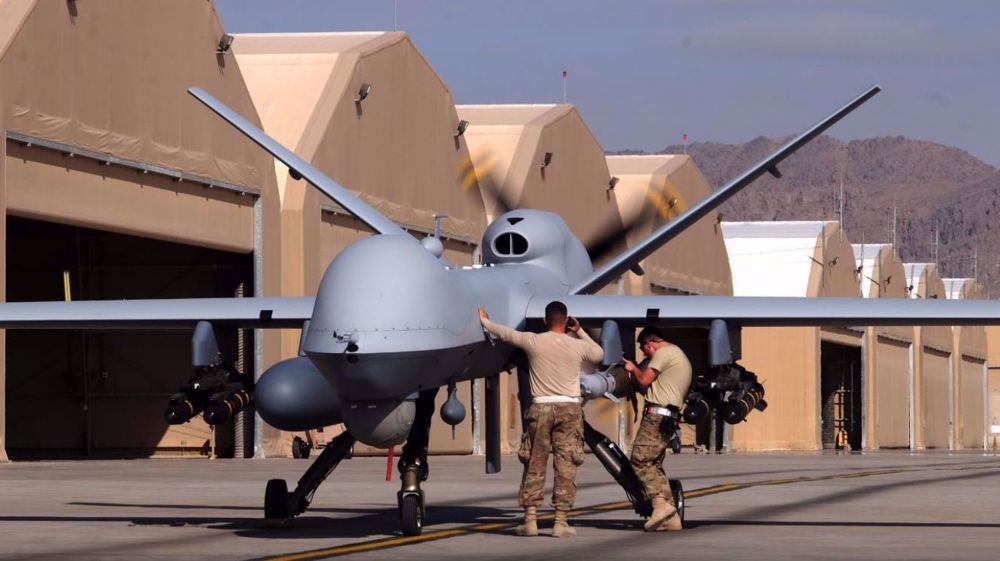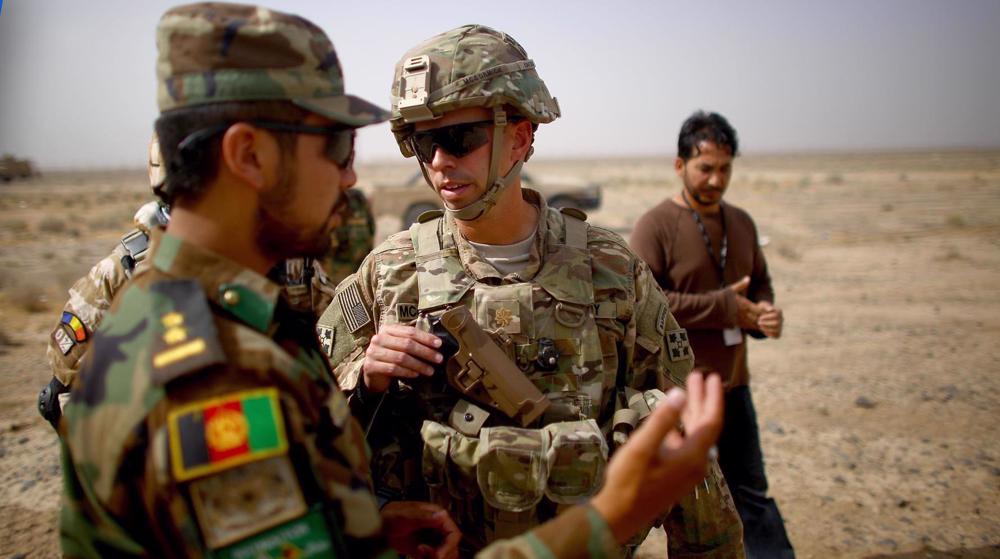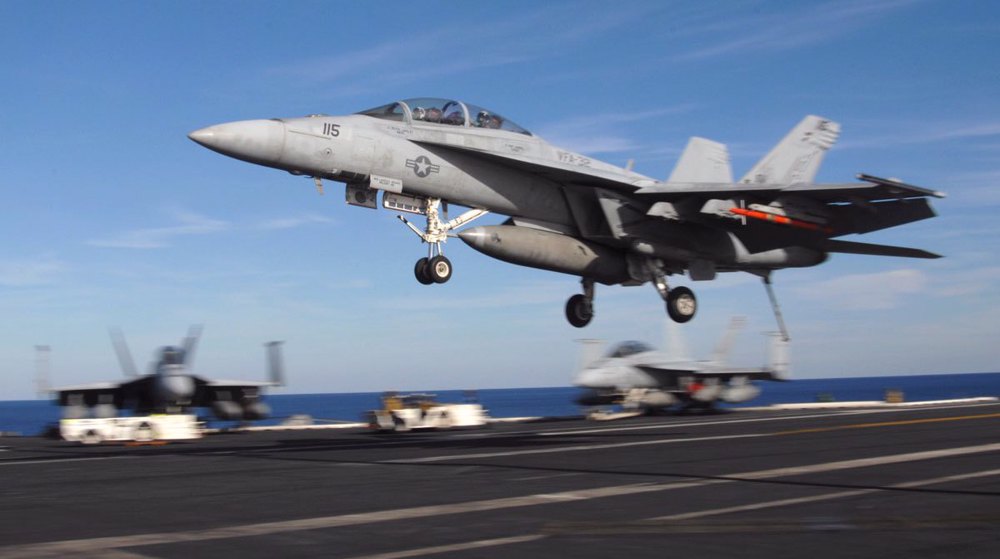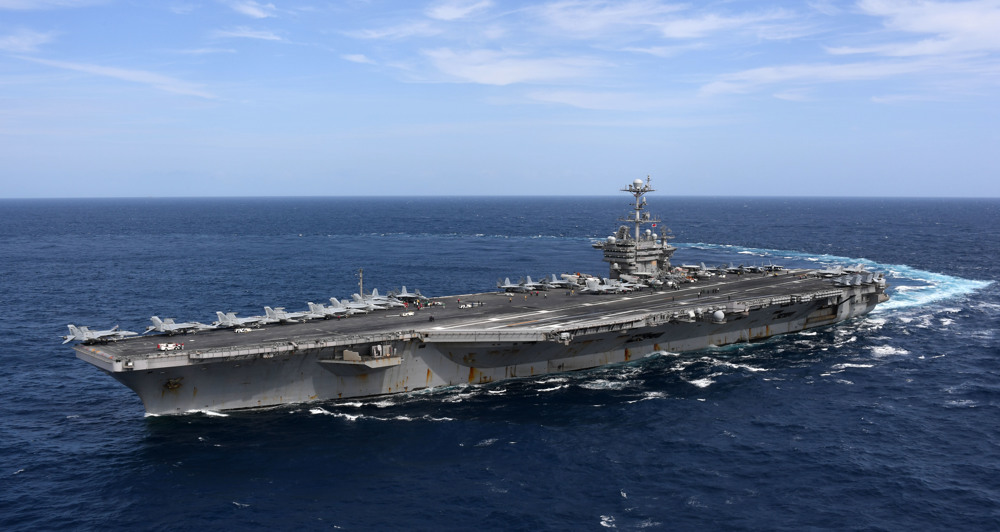Pentagon misled US public on Kabul drone strike that killed children: Documents
Documents obtained through a lawsuit have revealed how erroneous assumptions and biases by US military personnel led to the August 2021 Kabul drone attack killing of Afghan civilians, and that US military officials purposefully misled the public to conceal the assessments of civilian casualties.
On Aug. 29, 2021, an American MQ-9 Reaper drone shot a Hellfire missile at a white Toyota Corolla in a neighborhood near the Kabul airport.
An internal military investigation into the attack reportedly found that erroneous assumptions and biases by US analysts during the Pentagon’s chaotic August 2021 withdrawal from Afghanistan led to the Kabul drone attack that killed 12 civilians, including seven children.
Three days earlier to the deadly Kabul drone attack, a bomber had killed more than a dozen US soldiers and scores of Afghan civilians at a main gate of the Kabul airport. Then, officials had intelligence that there would be another attack there and that it would involve a white Corolla. Then, US military analysts observed a white Toyota Corolla park at what they believed was a Daesh compound. US officials hastily authorized a drone strike on the Toyota Corolla to thwart a suspected bombing attack. Hours later, US officials announced they had successfully thwarted the attack. As reports of civilian deaths started to emerge, the US military issued statements saying they had “no indications” but would assess the claims and were investigating whether a secondary explosion may have killed civilians.
A US Central Command investigation into the drone attack, which was partially obtained by The New York Times (NYT), showed that military analysts reported within minutes of the drone strike that civilians may have been killed, and within three hours, it had assessed that at least three children were killed in the attack.
US military officials, however, continued to conceal what they knew about the strike. Three days later, Chairman of the Joint Chiefs of Staff Mark Milley said the attack was “righteous” and that it had killed a Daesh facilitator and unknown “others.”
The documents obtained by NYT also provide detailed examples of how assumptions and biases led to the deadly blunder that US military officials had wanted to cover up.
Military analysts had wrongly concluded, for example, that a package loaded into the car contained explosives because of its “careful handling and size,” and that the driver’s “erratic route” was evidence that he was trying to evade surveillance.
The investigation was completed a week and a half after the strike and was never released, but The New York Times has obtained 66 partially redacted pages of it through a Freedom of Information Act lawsuit against Central Command.
Central Command declined to provide additional comment beyond statements it had previously made about the strike. The Pentagon previously acknowledged that the strike was a “tragic mistake” that killed 10 civilians, and told The Times that a new action plan intended to protect civilians drew on lessons learned from the incident.
Among those killed in the attack was Zemari Ahmadi, a longtime aid worker and the driver of the white Toyota Corolla.
Hina Shamsi, an American Civil Liberties Union lawyer representing families of victims, said the investigation “makes clear that US military personnel saw what they wanted to see and not reality, which was an Afghan aid worker going about his daily life.”
Ahmadi had spent the day he was killed in the drone attack picking up his employer’s laptop, taking colleagues to and from work and loading canisters of water into his trunk to bring home to his family.US military analysts thought the water container was a bomb.
Officials insisted that their target had visited a Daesh “safe house,” but media investigations found that the building was actually the home of Ahmadi’s boss, whose laptop he was picking up.
US military officials later acknowledged that Ahmadi posed no threat and had no connections with Daesh.
Iran: US airstrikes on Yemen war crimes, violation of international law
Yemeni armed forces down F-18 fighter jet, repel US-UK attack: Spokesman
Iran warns against US-Israeli plot to weaken Muslims, dominate region
VIDEO | Public uproar in US against Israeli regime
‘Ghost town’: 70% of Jabalia buildings destroyed by Israel
Mother’s Day: Sareh Javanmardi’s inspiring journey as Paralympic champion and mother
Russia downs over 40 Ukrainian drones as Putin vows 'destruction' on Kiev
VIDEO | Yemen: A bone in Israeli neck












 This makes it easy to access the Press TV website
This makes it easy to access the Press TV website